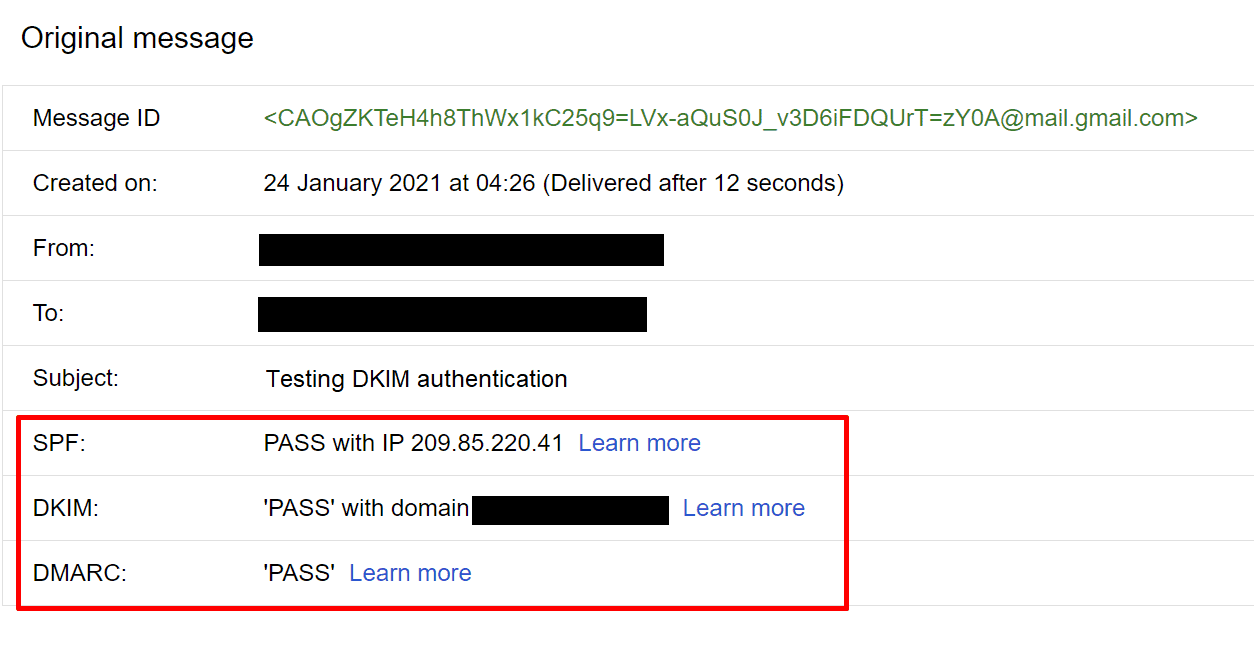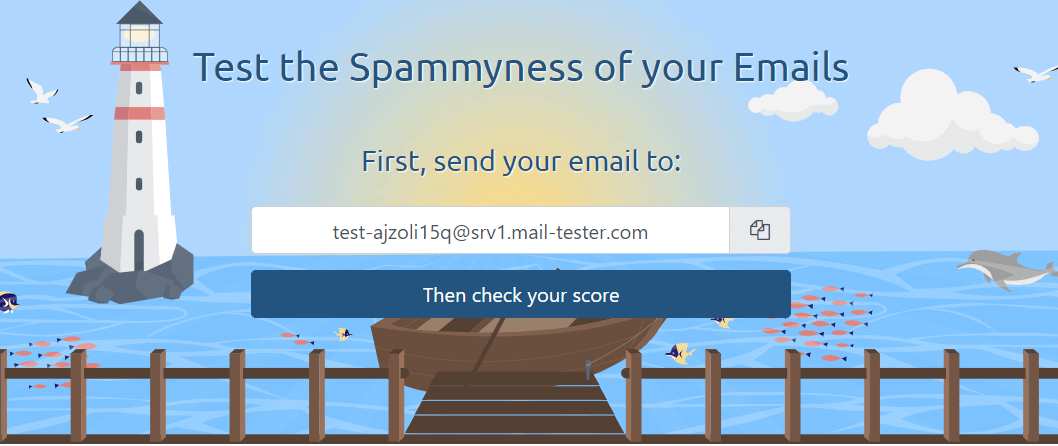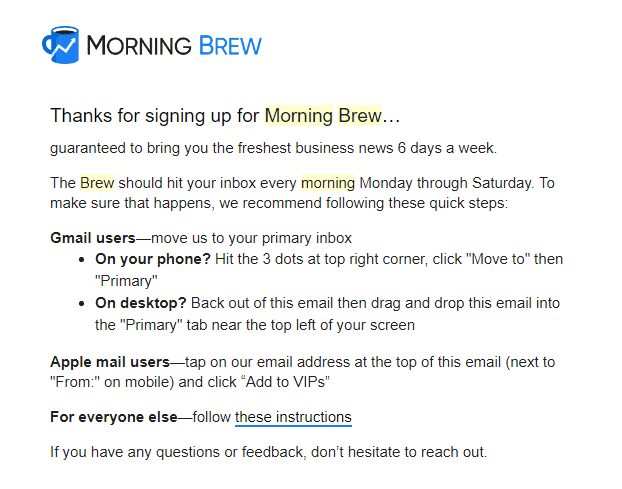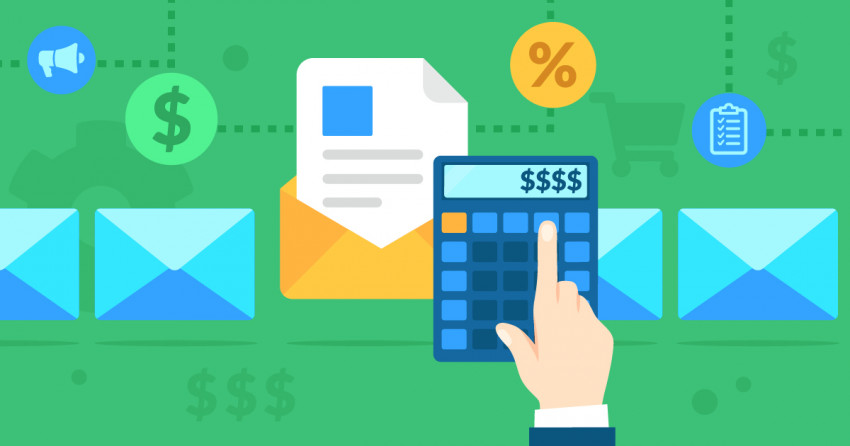Inside this Article
The Dream Deliverability Test – And Why It Can’t Be Done
Quality testing requires a scientific approach. I’ll do my best to illustrate the basics of this approach, and then proceed to construct an adequate email deliverability experiment. Sadly, you’ll then see why such an experiment is not a viable option. First, we’ll first need some assumptions. To come up with a deliverability rate percentage figure for an email marketing service, we’re already assuming that such a figure exists for the service as a whole, and is stable – at least for a specific time period. Another important assumption, especially when comparing different services, is that we can keep it ceteris paribus. That’s fancy Latin for “other things equal,” meaning that the only thing that changes is the service being tested. Everything else in the experiment can be repeated exactly the same. Because we’d be testing mass email deliverability, we’d need to use a large sample. A mailing list made up of 1,000 email addresses wouldn’t be a bad place to start, although many experts would argue that even that’s too low a figure. Still, let’s go with 1,000. We’d then proceed with crafting an email blast, closely resembling a real-life email message (perhaps a promotion for the fall catalog), and sending it to our mailing list. An important assumption here is that we can send the same message with each of the services, without it affecting results. This is when the gatekeepers would step in. They’d deliver some of our emails, based on the content of the message and technical information they could gather about us. Frankly, a lot of luck is also involved at this phase. We’d want to keep an eye on the numbers: how many emails were delivered, and to which inboxes. The gatekeepers also learn from the recipients’ behaviour, so next, we’d want to replicate real users’ behavior. That would mean logging into each of the 1,000 email accounts, and interacting with the email (opening it/ignoring it/clicking on a link inside), just as real users would. Each login would have to be from a different device, so as to not use the same IP address. These devices would include PCs, Macs, Android tablets, iPads, and a variety of smartphones. After that, we’d want to repeat the email blast and subsequent user interaction about 20 times over the span of a few months. By then, we’d have good aggregates of general deliverability rates and inbox-specific rates. The entire cycle would then be repeated with other services, using the same mailing list and the same messages, under the assumption that this has no added effect. Huzzah! I trust that by this point you’re onto me – while this fictional testing scenario sounds perfect, it’s also irrelevant. That’s not only because accurately mirroring the behavior of 1,000 different users is not possible, but because almost all the assumptions we just made are problematic. We cannot assume that deliverability rates are constant for a specific email marketing service. The type of email affects the gatekeepers’ behavior, and we can definitely expect different figures for promotional emails, professional updates, newsletters, straight out spam, and other types of messages. That means we’d have to run the experiment separately for each type of message. The ceteris paribus assumption is another bust. Gatekeepers are constantly learning, and one of the things they keep an eye out for is duplicates. Duplicates of anything. A message that’s been sent before, a mailing list that’s too similar – these things are noticed, and the gatekeepers then proceed to treat them differently. Simply put, if we use the same message and mailing list, by the time we repeat the experiment with the next service, we would have already affected the results. It is not possible to keep “all other things equal” when the systems are always learning and remembering. Another assumption that we made is that two users who sign up to the same email marketing service will have exact similar starting points. That’s not necessarily the case: email marketing services operate multiple shared servers, and you can’t control which one you’ll be put on. The gatekeepers know these shared servers by their IP addresses, and already have some opinion on them – thank your neighbor marketers for that. Whether that opinion is positive, negative, or anything in between, we can’t know. Nor can we know that future signups will be on the same server as us. Luck would also play a bigger role in this experiment than we’d like. The gatekeeping systems work by sampling some emails, not all, based on chance and their own private algorithms. We cannot guarantee they would behave similarly throughout our experiment. We can actually be pretty sure they will not. Our fictional experiment collapses because we can’t replicate mass human behavior, because of luck, and because the gatekeepers are always learning. You could argue that adjusting the scenario and allowing for some differences might still yield interesting information, and I can only say that we’ve tried to do so – with disappointing results.How Some Reviewers “Test” Deliverability, and Why That’s a No-Go
Even though I’ve just explained why testing deliverability is impossible, you can find online reviews that claim they’ve been actually testing deliverability for years. What’s that about? Well, some reviewers are actively making up numbers. This is easy to catch, as they don’t provide a detailed explanation about their testing methodology, and don’t feel the need to share any corroborating screenshots. There’s sometimes a link to a Google Sheets file, filled with rows upon rows of numbers. It’s hard to blame these reviewers for trying to be sneaky – people want to see a deliverability figure, and they’re simply supplying a number. But now, you are smarter than that. Other reviewers do try to perform some watered-down version of my fictional experiment. These “tests” are not only completely irrelevant to you, but can also be dangerously misleading. Badly planned experiments might still result in very promising results, even for third-rate email marketing services that should be completely avoided. Pay special attention to nonsensical deliverability progressions. Take, for example, this service that has been “tested” six times over three years, and ends up with the following six results: 77.6%, 89%, 92.6%, 94.8%, 78.4%, 90%. What are you supposed to do with that? Is it a better service in March than in August, or does nothing mean anything? The third and last type of unreliable reviewer collaborates with a third party to come up with results. This third party is often a service that specializes in boosting deliverability. This is truly annoying, as you’re actually getting advertisements under the guise of professional tests results. I’m giving a special shoutout to pretty graphs and tables, which are every advertiser’s best friend. There’s nothing more professional-looking than a long list of 4-color graphs or pie charts, backed up by insights about the changes over time, or how one competitor seems to out-deliver the other. Still, when these graphs are based on nonsense (or advertisement-related) data, they are completely meaningless. Again, look for the actual methodology. If it doesn’t resemble how you plan on using your email marketing service (you’ll easily see that none of them do), it’s not relevant to you.How to REALLY Boost Your Deliverability Rate
The situation with deliverability tests is not pretty. Some reviewers are just too happy to provide you with meaningless numbers, based on a combination of imagination and whim.
That is exactly why you won’t find such figures at Website Planet. If they’re worthless to you, they’re worthless to us.
Thankfully, you don’t need them. My list of the tried and true email marketing services is a great place to get an idea of how services actually differ from each other, and I cover deliverability in depth.
What do I cover, if not the deliverability rate? That would be the deliverability features: the tools each service gives you to boost deliverability, and get your emails past the gatekeepers.
Here you’ll find a detailed, 11-step guide on boosting deliverability. The first four steps have to do with the deliverability features an email marketing service should provide. The other seven include practical, easy-to-implement advice that will allow you to push your own deliverability rate to the max.
1. Authenticate Your Email Marketing Service with Your Domain
Authentication proves to the gatekeepers and to email service providers (ESPs – Gmail, Yahoo Mail, etc.) that you are indeed who you claim to be. Technically, it might be possible for a person to use a sender address (for example, [email protected]) without actually owning the appropriate domain (that is, realestatechamp.com). It’s not legal, but it’s doable. Gatekeepers and ESPs are extremely suspicious about unauthenticated sender addresses, and tend to disregard them right away. That means straight to spam, buddy. Avoid this hurdle by choosing a service that provides that strongest form of authentication acceptable today – DKIM. The actual implementation is pretty straightforward. You’ll receive a DKIM key from your email marketing service, and input it in your domain’s DNS settings – using whatever domain registrar you’ve signed up with. Great services that provide DKIM authentication, like Constant Contact, have walkthroughts on the subject and will also be able to assist you through live chat.
2. Choose a Service with an Active Anti-Spam Policy
You’d be surprised how many email marketing services actually kind of support spam, or at least, look the other way. It’s all business: spammers send tens of thousands of emails, and are willing to pay a lot on the off-chance that a few will be read. That’s good for them, but not for you. Gatekeepers and ESPs familiarize themselves with these services pretty quickly, and the IPs are either more heavily monitored, or completely blacklisted. With many users using the same shared server, that can easily lead to you getting blacklisted. Make sure you only use an email marketing service that has a strict anti-spam policy in their terms of use, and better yet – an active one. Reliable services like GetResponse have active anti-spam policies, meaning that their users’ actions are also monitored for spam. If you attempt to import a suspicious list of contacts, It simply won’t let you. We tested every service for this, so feel free to browse the reviews and make your life easier.3. Choose a Service with a Clear Policy on Affiliate Marketing
Affiliate marketing is a mixed bag when it comes to email marketing. It’s usually a completely legitimate business, but gatekeepers and ESPs always keep an eye out for it. Drop an affiliate link in your email, and your message is sure to get treated badly. It may not necessarily go straight to spam, but it’s a real risk. If you’re an affiliate marketer, you’ll need an email marketing service that supports your endeavors. If you’re not one, you’re probably better off with a service that doesn’t allow it. There’s no reason to risk it and share an IP with people who just might go spam-crazy. You can usually understand an email marketing service’s approach towards affiliate marketing if you read the terms of use, although sometimes a chat with support is necessary. All services we test today are checked for this.4. Consider a Private IP
Neighbors can be a nuisance, both in real life and online. You’ll end up having them with most email marketing services, because if they want to offer competitive pricing, their only option is to group multiple users on the same server. Still, there might come a point when you’re ready for something a bit more private. The dangers of staying on a shared server plan are real and constant. Even years into your email marketing campaigns, all it takes is a few spammers to ruin your shared IP’s reputation and send your deliverability rate spiraling down. The thing to look for here is the option of a private IP. You might not need it right now, but it’s important to have it on standby. Not all services offer the option, and it sometimes requires an upgrade to the most expensive enterprise plans. If you ever switch to a private IP, you’ll really be the master of your domain, and will not be affected at all by what other users of the service do.5. Avoid Most Spam-Checking Tools
This one is surprisingly counterintuitive. There are online services out there that claim to check your email for spam. They promise to run an entire suite of tests and checks, and give you a detailed report on your potential relationship with the gatekeepers. Ironically, just by using services like Mailgun or MailMonitor, you’ll be flagged. That’s right. The very same services that promise to enhance your deliverability and solve your issues with gatekeepers will end up raising your perceived risk level.
6. Warm Up Your Email Address
The issue of warming up an address is a very real one: gatekeepers and ESPs are not kind when they see a new player in town blasting emails left and right. Think of your email address as a muscle: that muscle requires some serious warming up. For the best results, do not use a brand new address to blast a newsletter to hundreds of people. Instead, build its strength. A few days after you open your email account (and after its authentication with the domain, of course), shoot a small blast to a dozen contacts whom you know personally, such as your friends and family. Then, call them and make sure they open the email and click the links inside. If the email went to their spam folder, make sure they mark it as “Not spam.” Repeat this the week after with a larger contact list. The more people you can get to vouch for you by opening your email, the more the gatekeepers will trust your address. Do this for a month with an ever-growing list of contacts, until you reach a few hundreds. Your email address should be much better known by then, and you can begin to send real newsletter blasts.7. Quality Contacts Above All
Never compromise on the quality of your contact list. You might be offered to purchase contact lists and artificially grow your subscriber base, but it’s not worth it. These contacts, if they’re real (and that’s a big if), never asked to receive messages from you. Sending them a message is not only illegal in many countries, but it’s also a sure way to get your deliverability rates on a downwards trend. A single contact marking your message as spam can do a lot of damage. In addition, the contact lists you can buy contain dead contacts, which will lead to what’s called a “hard bounce” – that is, a message sent to a nonexistent address. Gatekeepers notice this kind of thing, and read it loud and clear: you’re using low-quality contacts, and should not be trusted. Focus on gathering your contacts organically, and making sure they opt in (double opt in, even) clearly. These quality contacts are of course harder to come by, but they will directly boost your deliverability rate. Don’t be tempted into taking shortcuts.8. Instruct Your Readers on How to Whitelist You
Subscribers are fickle beings, and despite generally wanting to read what you have to say, they don’t always remember it. That can easily lead to your emails getting forgotten in the spam folder. There’s no need to take chances, as telling them what to do works pretty well. A good practice is to give your new subscribers detailed instructions in your welcome email. Famous newsletter The Morning Brew does this nicely:
9. Pay Careful Attention to Wording and Content
The level of AI and filtering gatekeepers and ESPs put emails through is insane. Still, there are some ground rules that are easy to follow. Words like these will get your email flagged as spam in no time:- Extra
- Cash
- 100%
- Money
- Membership
- Refund
- Deal
- Promotion
- Risk-free




![10 Best Email Marketing Software for Ecommerce [2025 Update]](https://dt2sdf0db8zob.cloudfront.net/wp-content/uploads/2023/08/Best-Email-Marketing-Software-for-Ecommerce-850x446.jpg)
![Keap vs Mailchimp: Which Offers Better Value? [2025 Update]](https://dt2sdf0db8zob.cloudfront.net/wp-content/uploads/2023/06/Keap-vs-Mailchimp-850x446.jpg)

![Drip vs Mailchimp: Read Our Advice Before You Sign Up [2025]](https://dt2sdf0db8zob.cloudfront.net/wp-content/uploads/2022/10/Vs-1-850x446.jpg)
![Drip vs Mailchimp: Read Our Advice Before You Sign Up [2025]](https://dt2sdf0db8zob.cloudfront.net/wp-content/uploads/2022/08/Emily-Robin.jpg)
![MailerLite vs ConvertKit: Read This Before You Sign Up [2025]](https://dt2sdf0db8zob.cloudfront.net/wp-content/uploads/2022/10/Vs-850x446.jpg)


![Drip vs. AWeber: Who Offers the Best Value for Money [2025]](https://dt2sdf0db8zob.cloudfront.net/wp-content/uploads/2022/04/Drip-vs-AWeber-850x446.jpg)
![Drip vs. AWeber: Who Offers the Best Value for Money [2025]](https://dt2sdf0db8zob.cloudfront.net/wp-content/uploads/2021/08/Emma-Ayres-150x150.jpg)


